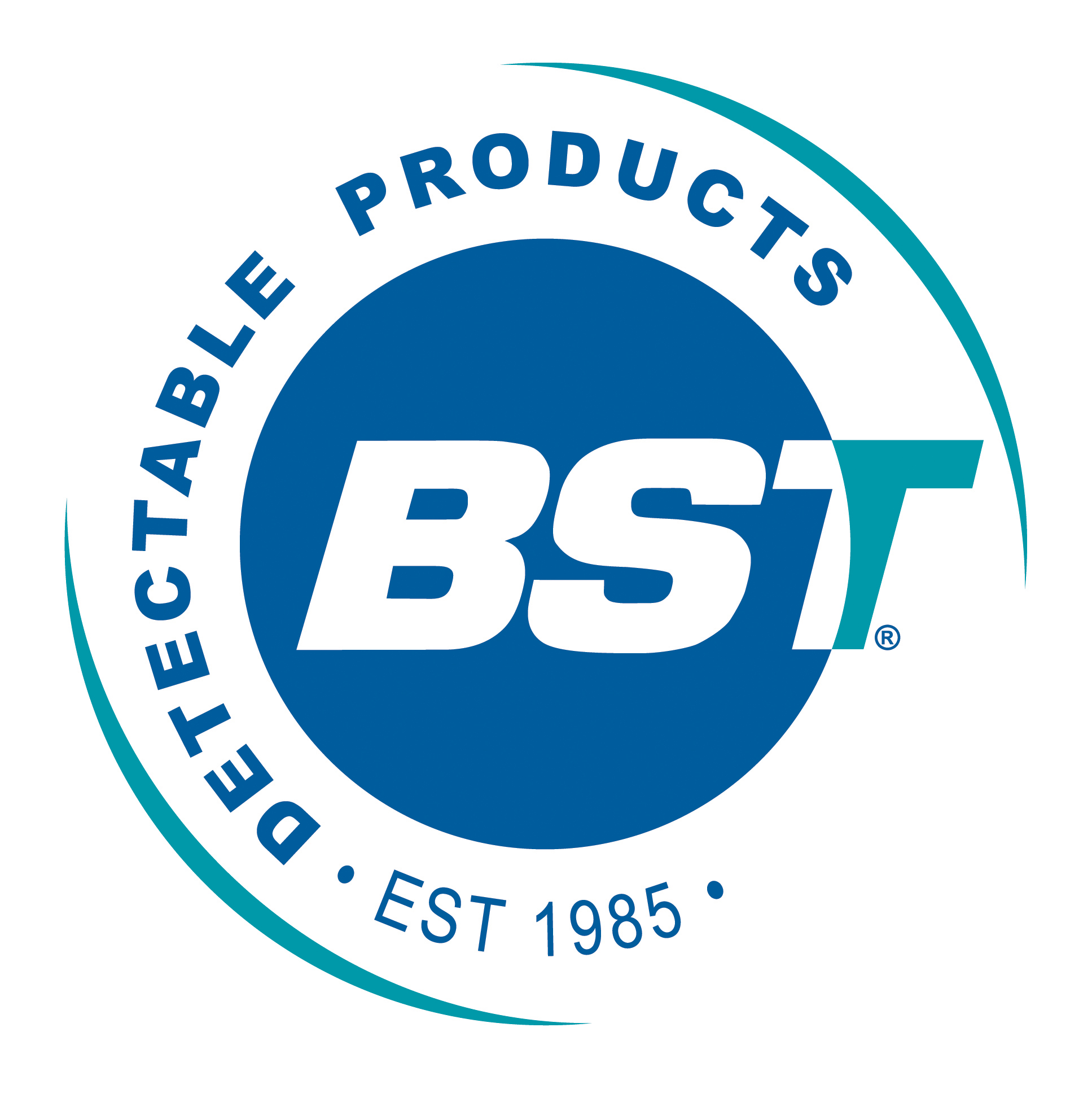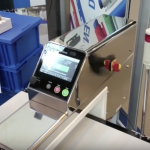Preventing foreign bodies with detectable plastics
Metal detection and x-ray inspection systems are tried, tested and often mandatory methods of reducing metallic and high density food contaminants. These inspection systems aren’t without their limitations however; primarily the inability to detect nonmetallic and low density contaminants such as plastics,
rubbers and fabrics.
This is where ‘detectable products’, specially designed for the food industry, come to the rescue. Detectable products usually work by using specifically formulated food grade plastics containing evenly dispersed ferromagnetic, high density and antimicrobial additives.
Common foreign body risks include pens, plastic scoops, plastic scrapers, rubber machinery seals and gaskets, plasters, hairnets, broken plastic buckets, and boxes etc. These are all items that are now available in metal detectable materials from BST Detectable Products.
Detectable plastics are subject to the same legislation as regular plastics where they come into regular direct contact with food. The key piece of legislation is Regulation (EU) No 10/2011 on plastic materials and articles intended to come into contact with food, which requires all plastic food contact articles to be migration tested using a variety of simulants.
BST has spent considerable time ensuring that their XDETECT (metal and x-ray visible) plastic is compliant with European (EU), American (FDA) and Japanese food contact standards.
Using metal and x-ray detectors we put our XDetect material and a fragment of detectable tape and loop tag material to the test. Check out the results!
Food Industry Article courtesy of Food Management Today


1 Comment